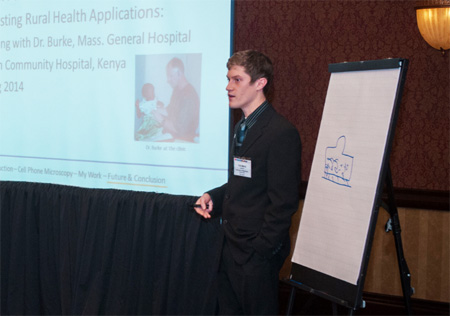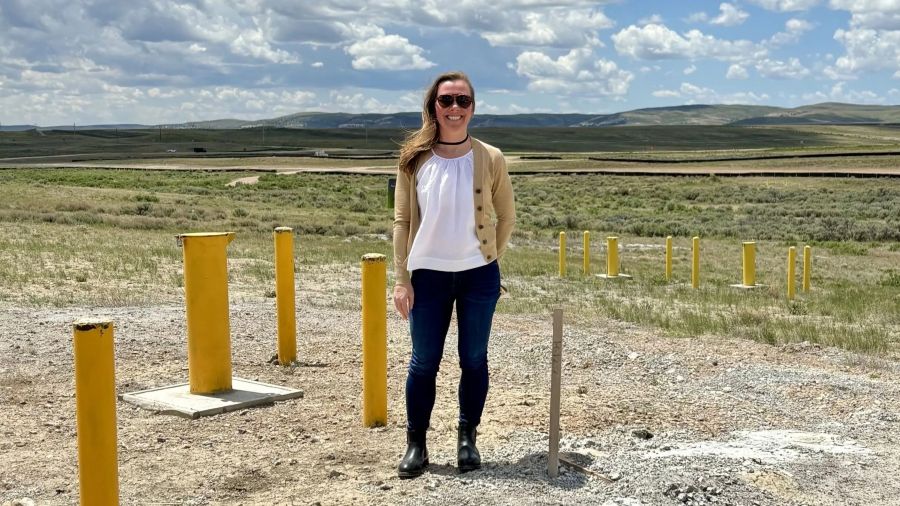ASME Hosts Old Guard Oral Competition at Congress
ASME Hosts Old Guard Oral Competition at Congress

The final round of the 57th annual ASME Old Guard Oral Presentation Competition was held this year at the 2013 Congress in San Diego on Nov. 16th. The competition gave outstanding student engineers the opportunity to present their work to an audience of colleagues and peers.
The competition itself is a forum designed to help young engineers develop their communications and presentation skills by presenting their work before a diverse audience. According to the rules of the competition, students must deliver "clear, concise and effective oral presentations, particularly pertaining to some sphere in which an engineer is or should be involved." Presentations are limited to 15 minutes and are followed by a five-minute question and answer period, during which the presenters must respond fluently and knowledgeably to questions from the audience.
The first rounds of each year's Old Guard competition are held in ASME districts around the country and the world. The winner of each district round earns a cash prize and the privilege to compete in the finals at Congress.
Finalists representing 14 prestigious engineering programs participated in this year's competition. At the end of the day, the judges, led by J. Brian Dietz, chair of ASME's Old Guard Committee, began their deliberations.
The winners were announced that evening at the Old Guard Reception. First place and a prize of $2,000 went to Zachary Young of Cedarville University for his presentation on "Design of a Macrofluidic Cell Flow Chamber." Second place and $1,500 were presented to Jerry Wang, a 2013 Yale ME graduate now in graduate school at MIT, for his work on "LaGrangian Studies on Inertial Particles in Two-Dimensional Flows." Thomas Larson of the University of Washington placed third in the contest for his work on "Cell Phone Microscopy," while fourth place went to Kristian Saull from Cambridge University for her presentation "Automatic Neurosurgical Drill Unit with Force Control."
In addition to providing a forum for students to hone their presentation skills, the competition also gave these students from the various ASME districts the chance to meet one other. As Jerry Wang put it: "Just getting to meet and talk to these guys was the best part. They are really great, amazing colleagues to get to know. That's the part I'm happiest about."
ASME and the Old Guard Committee are delighted to support and develop the great careers these talented young engineers. The Committee thanks everyone for making this year's competition a great one.
- Joshua Olesker, ASME Public Information




